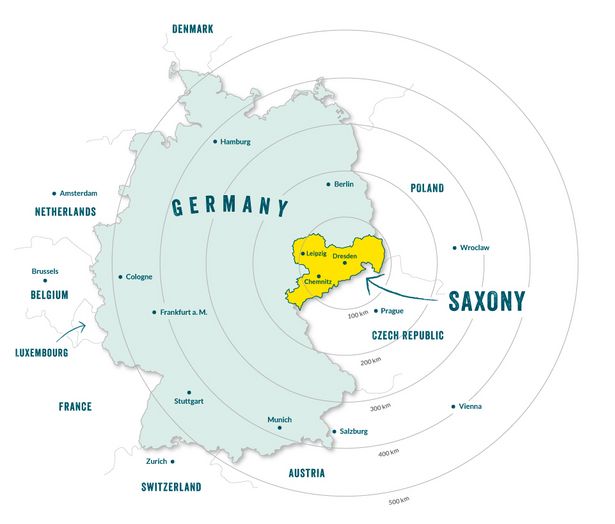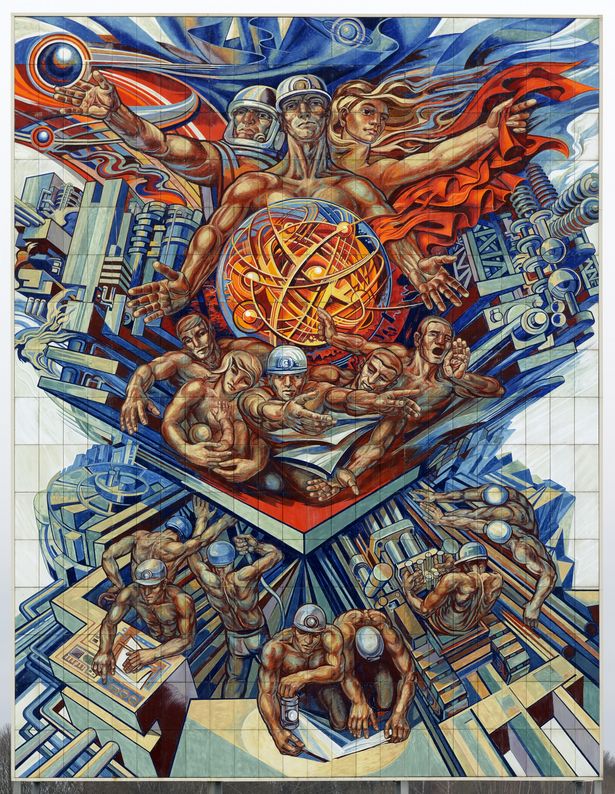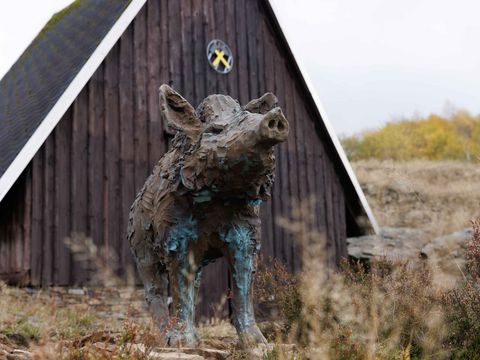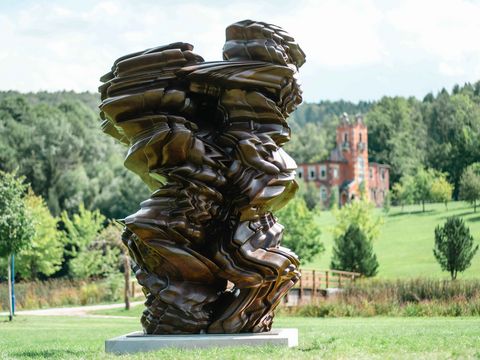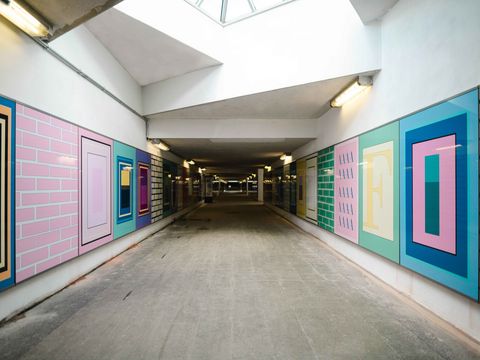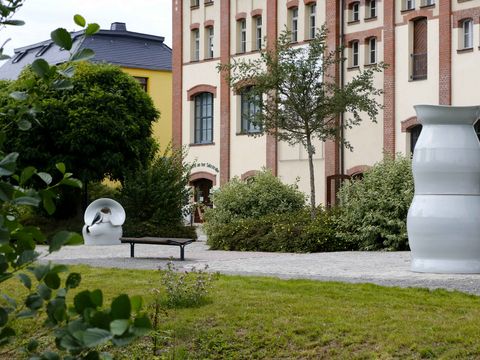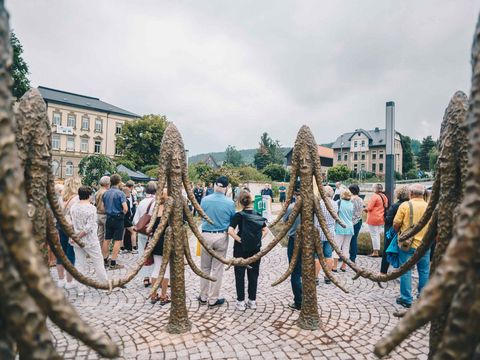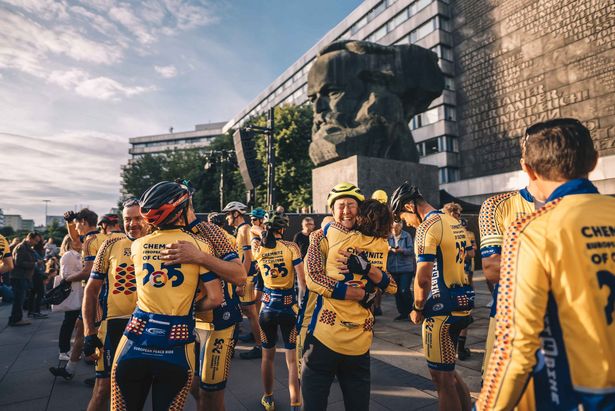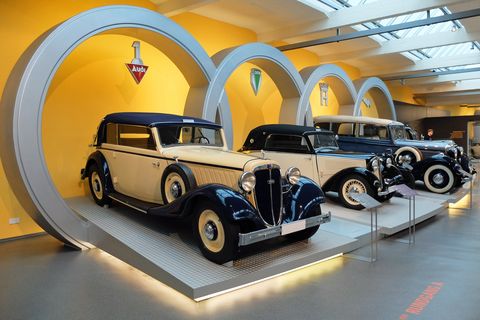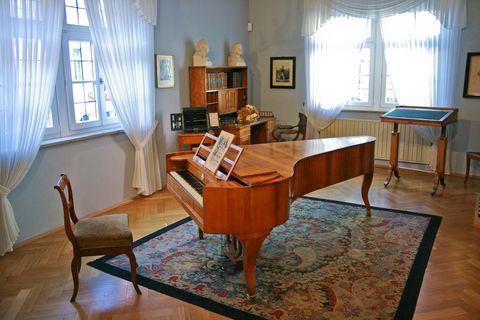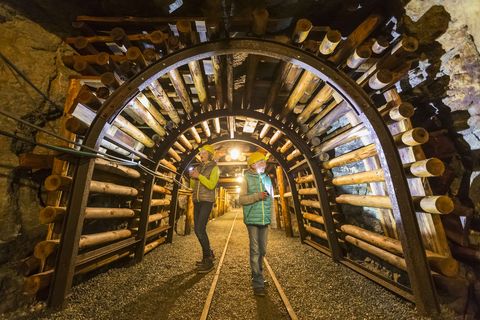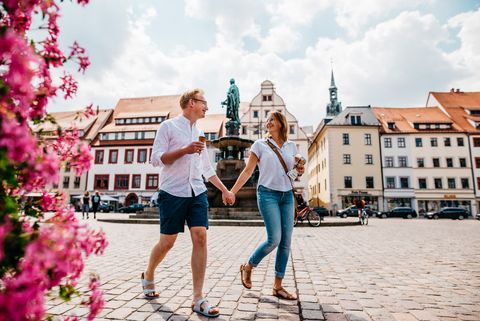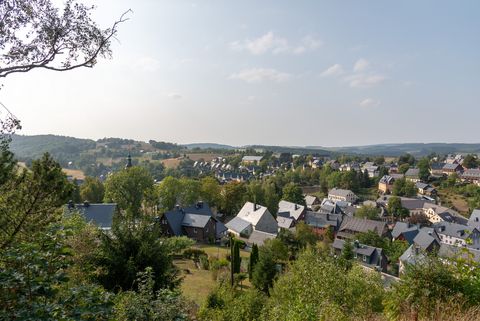Discover Chemnitz – a hidden treasure in Saxony
C the Unseen
Who knew: Saxony’s third largest city Chemnitz, known as the "Saxon Manchester", was the main driver of the Industrial Revolution in Germany and, for a time, became the country’s richest city. Today, Chemnitz is all set to show the world why it has won the title European Capital of Culture 2025, jointly with 38 municipalities of the “Chemnitz.Zwickau.Region” and the nearby Ore Mountains. Find out what makes Chemnitz and the cultural region tick and be surprised by inspiring events and attractions. Explore our selection of highlights including art exhibtions, festivals, concerts and sport events.

